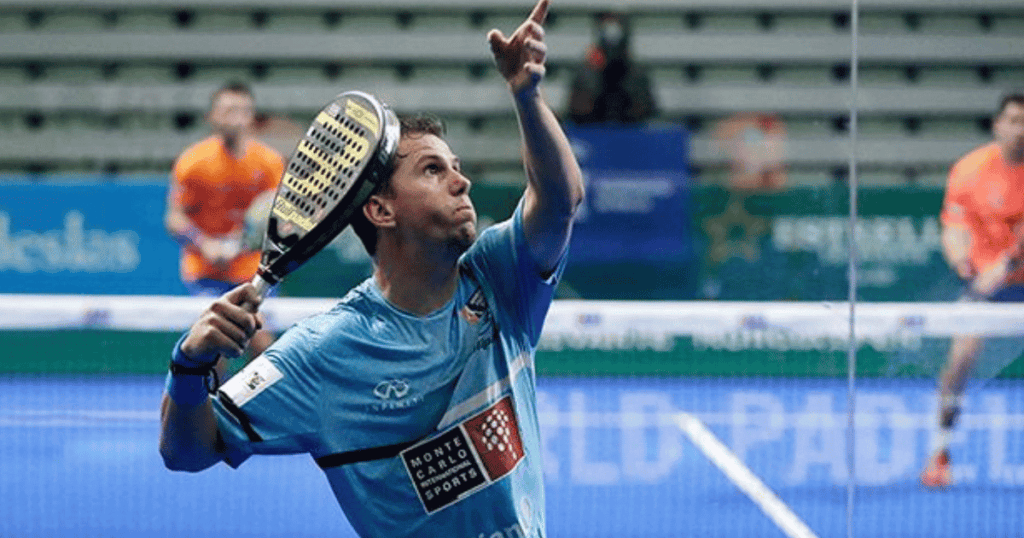Unraveling the Vibora
In the world of racket sports, every shot tells a story. While some are about power, like the smash, others are all about grace, like the drop shot.
But when it comes to deceptive, cunning elegance, there’s one shot that stands out – the vibora.
If you’re unfamiliar with this term, buckle up, as we’re about to dive deep into what makes the vibora a true game-changer.

Introducing the Vibora
Translating to “viper” in English, the vibora earns its name due to its cunning and deceptive nature. In racket sports, especially in padel, it’s a shot that combines spin, pace, and a downward trajectory.
Think of it as a smash’s more nuanced cousin. When executed properly, the vibora slithers over the net and lands quickly, making it tough for the opponent to predict and even tougher to return.
The Anatomy of the Vibora
What makes this shot different?
It’s the mix of the following elements:
- Topspin: Unlike the flat strike of a smash, the vibora employs significant topspin, which not only ensures that the ball clears the net but also drops quickly, catching opponents off-guard.
- Downward Trajectory: After crossing the net, the ball dives sharply, thanks to the topspin. This gives opponents very little time to react.
- Side Spin: Some advanced players also add a bit of side spin to the vibora, making the ball’s movement even more unpredictable after it bounces.
When to Unleash the Vibora
Just like any shot in racket sports, the vibora’s magic lies in its timing.
Here’s when you should consider using it
- Close to the Net: The vibora works best when you’re close to the net. The proximity allows you to hit the ball at a higher point, maximizing the downward trajectory.
- Defensive Lobs: If your opponent plays a defensive lob that’s not too high or deep, the vibora can be a great alternative to the smash. Instead of going for power, you’re going for unpredictability.
- Tight Angles: Due to its spin and trajectory, the vibora can be played at tighter angles compared to the smash. This can be especially useful if you want to send the ball away from your opponents.
- Varied Game Play: If you’re looking to add variety to your game and keep your opponents guessing, alternating between smashes and viboras can be a winning strategy.
Mastering the Vibora: A Quick Guide
Achieving the perfect vibora requires practice, but here are some steps to get you started:
- Prepare Early: Spot the incoming ball and get into position. Your weight should be on your back foot, with the racket prepared at a high backswing.
- Open Racket Face: Ensure that your racket face is slightly open when you make contact. This helps impart the necessary topspin.
- Strike Downwards: Hit the ball in a downward motion, making sure to brush the back of the ball to generate topspin.
- Follow Through: Complete your swing by following through, which ensures the ball gains the required pace and spin.
- Move Forward: After executing the vibora, it’s crucial to move forward and prepare for the next shot. The vibora often results in weak returns, so being ready at the net can help you finish off the point.
Summary
The vibora, with its unique blend of spin, speed, and deception, is a shot that can leave both spectators and opponents mesmerized.
In racket sports, especially pádel, it’s not just about hitting the ball; it’s about outthinking your opponents. And there’s hardly a better way to do this than with a well-timed vibora.
So, the next time you step onto the court, remember to channel the spirit of the viper, strike swiftly, and leave your opponents in awe of your newly mastered w